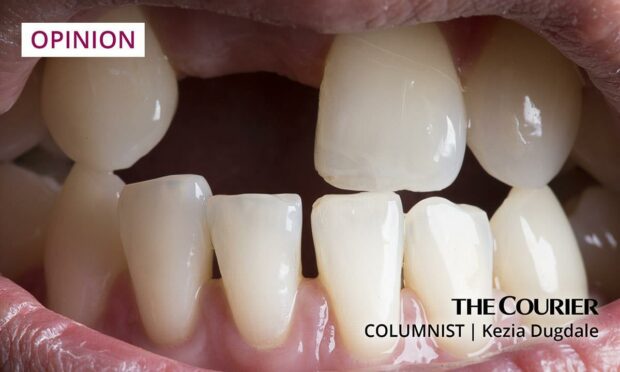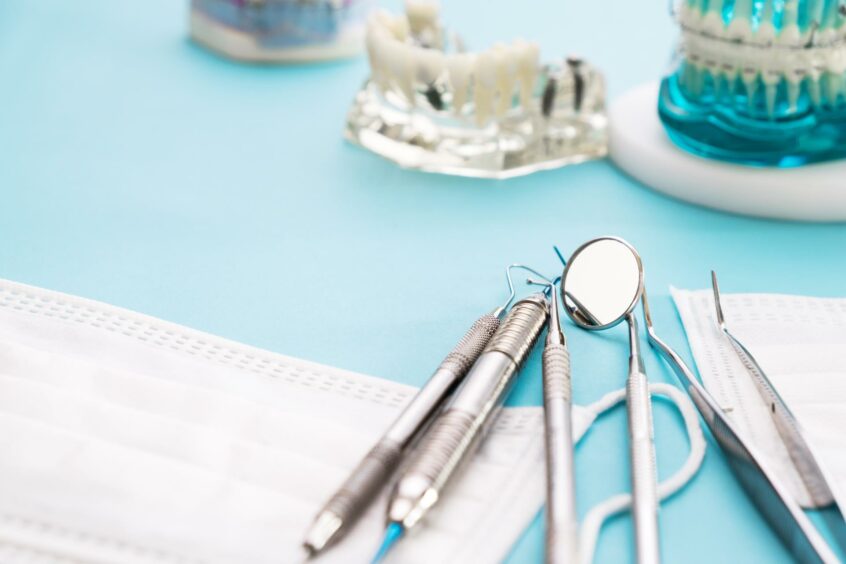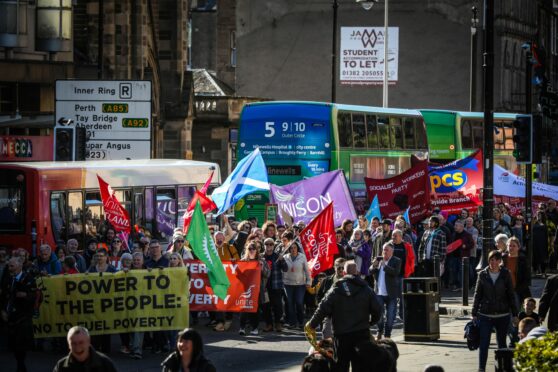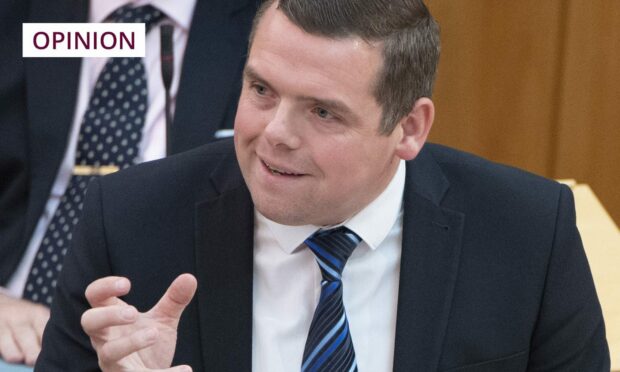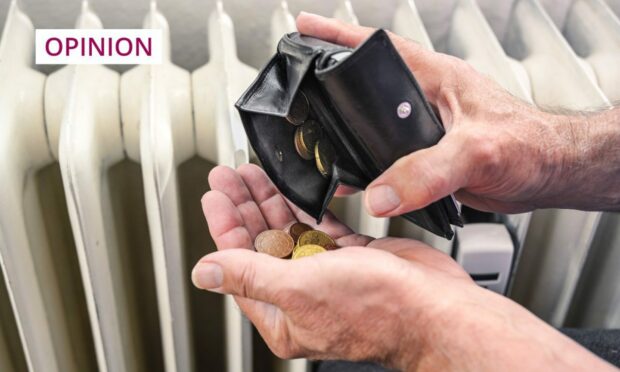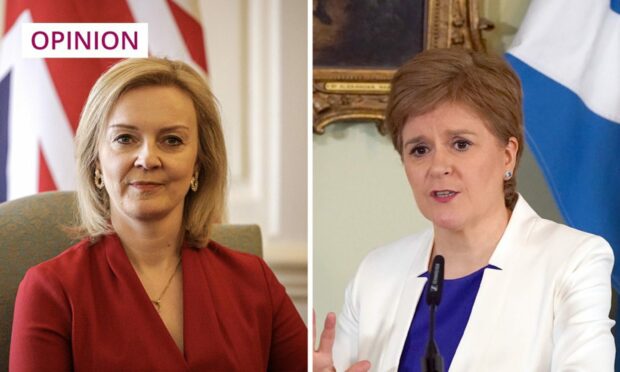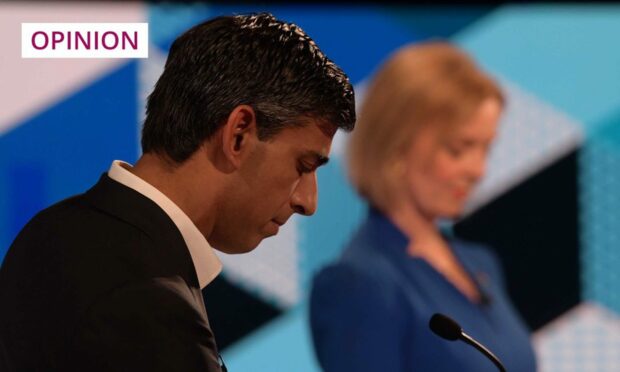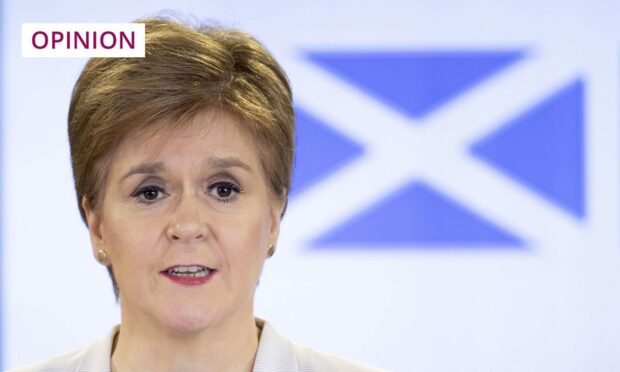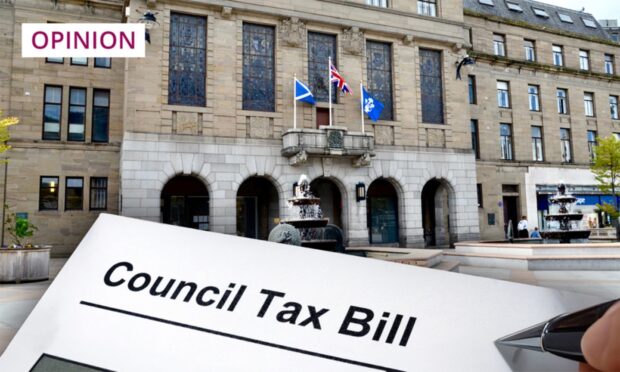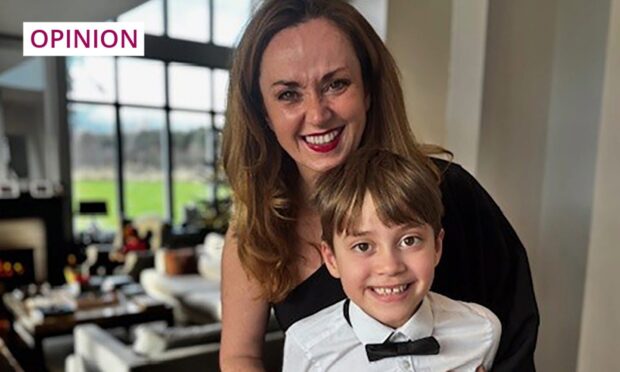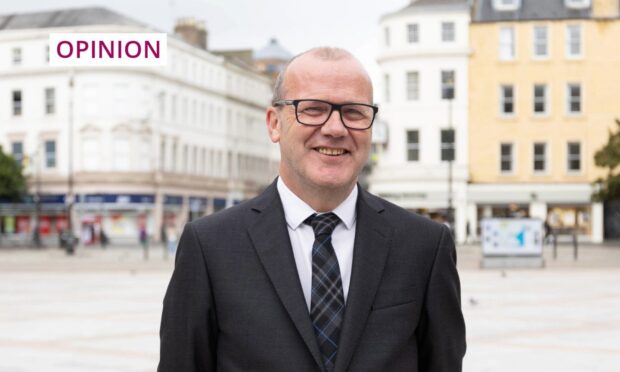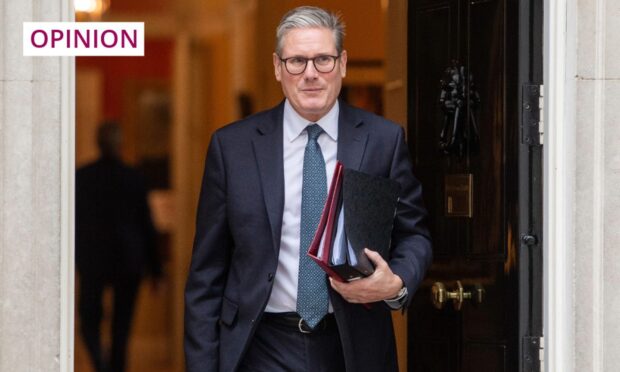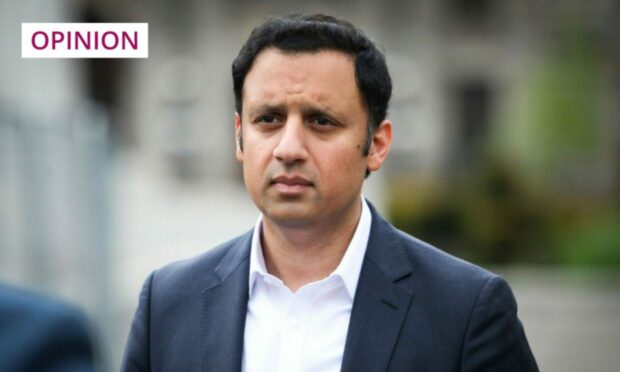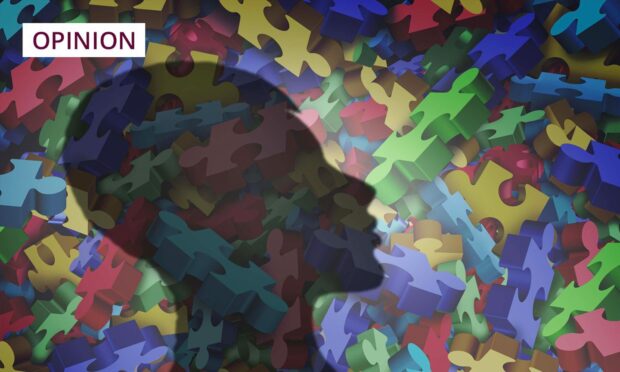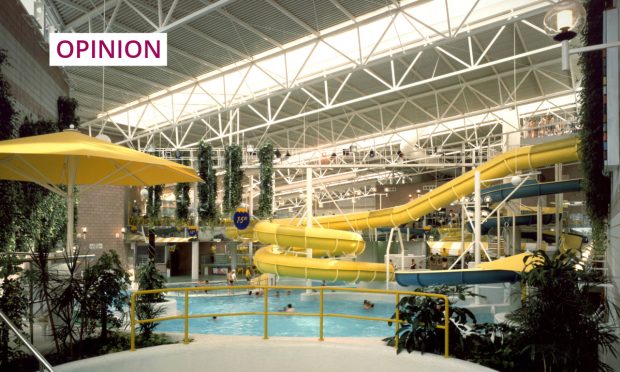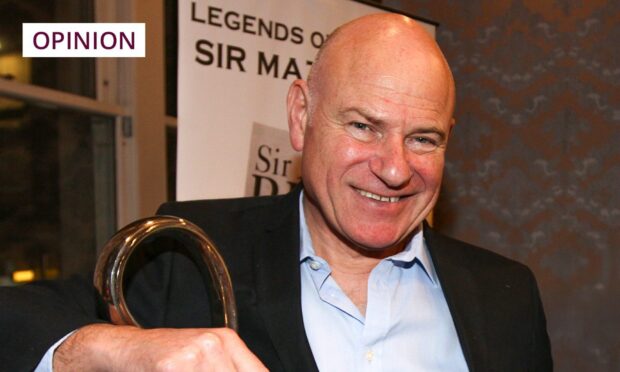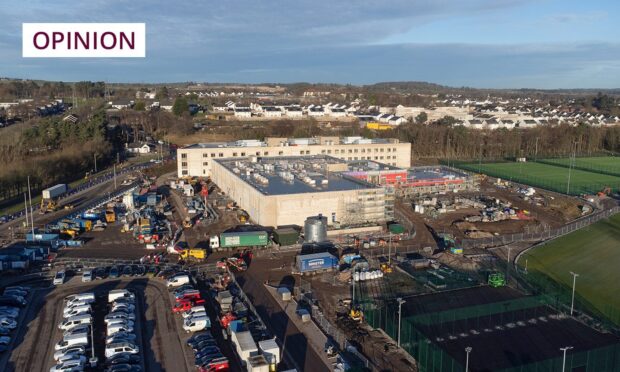I have always been absolutely terrified of the dentist.
I have distinct memories of tears and tantrums as a five-year-old that not even the offer of a lollipop afterwards could abate.
As a teenager, left to my own devices, I would have lived with squint teeth for the rest of my days if it meant I didn’t have to go to the Dundee dentist hospital to get my braces adjusted.
The clinical smell, the noise of the drills and aerosols… I’ve got sweaty palms just thinking about it.
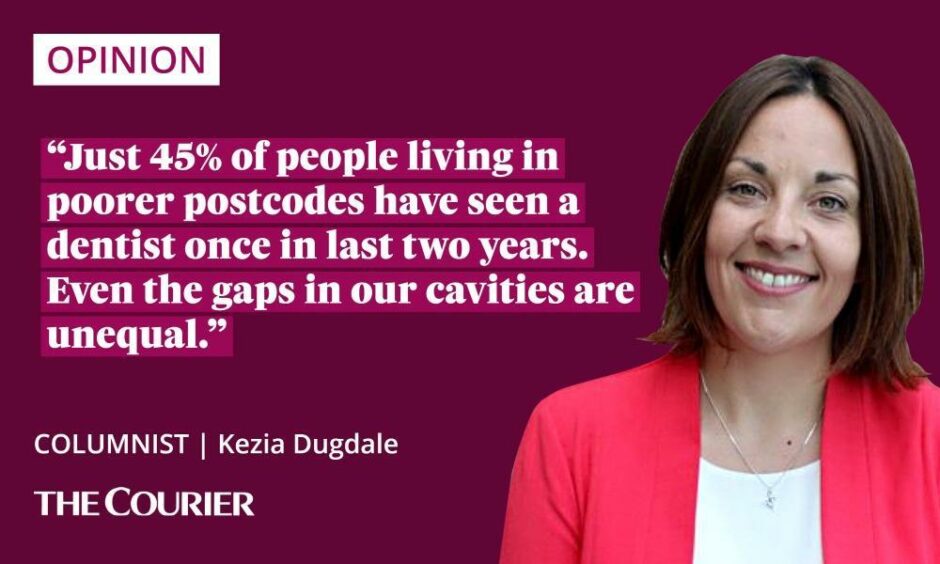
And it all makes absolutely zero sense because I’ve always come out of the dentist feeling better, physically and emotionally, than I did on my way in.
The dentists have always been lovely and patient and forgiving of this big giant baby sat before them.
Scotland facing a dentist recruitment crisis
The state of all of our pearly whites post-pandemic is worthy of closer examination.
Not least because Public Health Scotland has reported that the number of patients seen by a dentist in 2021 was less than half the number seen in 2019.
That’s largely because general dental practices were closed for most of the pandemic.
But many practices have failed to reopen, or have reopened with fewer dentists and fewer slots for NHS patients.
Dentists in Scotland saw 3 million fewer patients in Scotland in 2021.
Deep oral health inequalities are now set to widen.
Unless the Scottish Government step-up access problems will become the norm for families across the nation. https://t.co/nweoqPWnp5
— BDA (@TheBDA) January 26, 2022
My own practice in Fife was one of them.
Situated in a small village, it’s now a dental practice with no dentist. One retired and the other moved back to England.
They can’t recruit. That means no one at my practice can get a regular check up or indeed see a dentist unless they are in significant pain.
If it’s the latter they can be referred on to another practice.
And that happened to me not once but twice during the pandemic.
Urgent intervention detected long-term problem
My wisdom tooth decided the first lockdown was the perfect time to kick off and I developed the most awful abscess that needed urgent attention.
All credit to NHS 24, who at the peak of the lockdown still had time to identify that the swelling and infection in my mouth was a threat to my brain.
I was sent to the one remaining dentist open in Glenrothes for it to be drained and then removed.
Turns out I had been living with a low level recurring infection in my face for months, so I felt instantly better when the tooth was out.
The urgency of the whole situation meant I had no time to dwell in fear.
If I’d had more notice the tooth was coming out, I’d have been in knots reliving that scene in Little Shop of Horrors where Steve Martin has to climb on to the patients chair to get enough leverage from his pliers to pull a tooth.
Oh how that image haunts me.
The second lockdown triggered a second tooth and I’m officially 50% down on wisdom since the pandemic started.
Exemplary care shouldn’t just be for emergencies
I experienced the most exceptional care and treatment. And I’m very grateful to all the staff for what they did for me.
But I have to stress that I got this first-class care because I was facing a medical emergency that had the potential to be quite serious.
Dentistry itself is now facing its very own emergency, with routine care and standard check-ups happening for only roughly half the population at the moment.
We’re living with a ticking time bomb of troubled teeth.
"The Scottish government's failure to act risks sparking an exodus from the workforce that will leave families across Scotland losing access to #NHSdentistry for good."
Read more about Scottish #dentistry here:
➡ https://t.co/1ytAuYDAkL#dentist #nhs #scottishdentist— TheDentistMag (@TheDentistMag) January 27, 2022
Just 45% of people living in poorer postcodes have seen a dentist once in last two years, rising to 56% of people in wealthier areas.
Even the gaps in our cavities are unequal.
The British Dental Association has warned 3.5million dentist appointments were lost in Scotland during the pandemic.
That’s an awful lot of prevention work missed, which could easily led to enormous demands on acute services at a time when the country is facing a recruitment crisis for dentists.
Government must act on dentist crisis in Scotland
The Scottish Government is expected to produce a new plan for dentistry next month and there’s an awful lot of hope riding on it.
It’s going to need to contain some serious financial support for practices still recovering from Covid closures.
Without it, practices will have to rely on private work to close the financial gap.
And that comes at the expense of quality dental care for those unable to afford it.
It will also have to include substantial recruitment incentives to address the workforce issues that are depriving so many people of the routine check-ups, which should actually alleviate pressure on the whole system.
The Scottish Government also has a manifesto commitment to make all dentistry free for 18 to 25 year olds, so expect the plan to lead with this announcement first and foremost.
But as admirable a policy goal as that is, there’s a major cavity in the dentistry system.
And it’s one that needs filled soon if that plan has any chance of becoming a reality.
